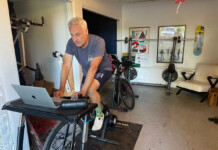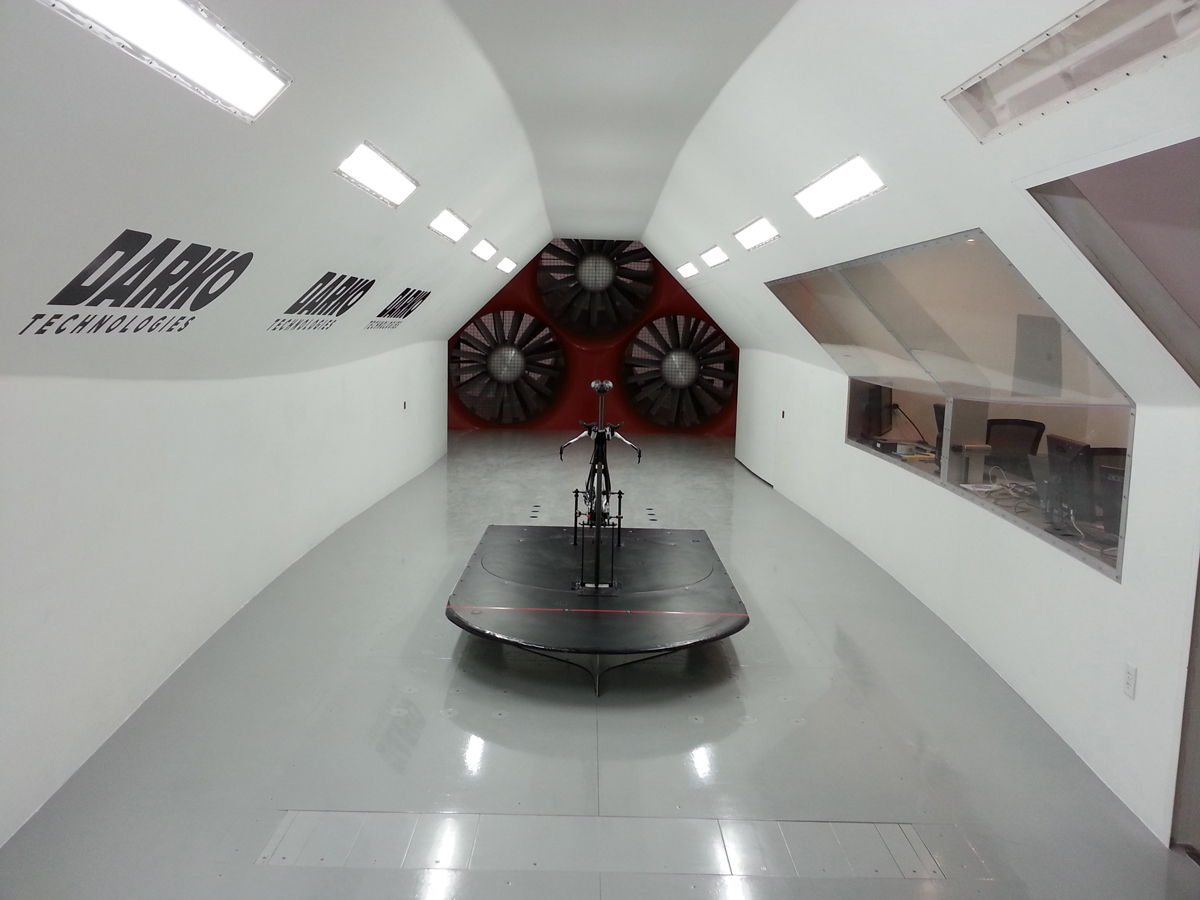Many cyclists are motivated to ride faster, and will pursue any number of strategies with that goal in mind. The obvious one is to get fitter, and this may involve training plans, coaches, power meters, heart rate monitors, and attention to nutrition. Another strategy is equipment focused: lighter, stiffer, more aero, and attention to tire width and pressure. The advanced cyclist may focus on mental strategies: visualization, goal setting, mantras, and managing self talk. But what if you just became a better rider through improving your bike handling skills? Would that make you faster?

At the end of summer I went in a local mountain bike race for the first time in a few years. I used to mountain bike a lot, raced a lot, and considered myself an expert level rider, but the past few years I’ve trended to more road, gravel and bike packing. The mountain bike race was a blast, and although I did well, I didn’t ride well. With aspirations of doing some more mtb races next year and regaining some of my former glory, I contemplated the reality of being older, slower and less reflexively skilled, and wondered how I might get an edge on my competitors (who I hope aren’t reading this!). My capacity to train and my level of fitness is not going to change noticeably, nor does my budget extend to the latest and greatest in an XC race machine (sorry Trek Supercaliber). Okay, I thought, what about getting faster by being smarter. Where is the opportunity for the most gain? Probably my bike handling skills, especially descending and cornering. Now while this may not be the biggest opportunity for gain on a road or tri bike, bike handling skills are critical for mountain biking and cyclo-cross, and definitely have an important place in gravel and road racing – especially descending and cornering.
Fast forward to October…. Moab Utah. Five experienced mountain bikers huddled against a cold wind in a gravel parking lot. We’d all signed up for a 3 day Mountain Bike Skills camp with BetterRide, run by Gene Hamilton. Gene is arguably the originator of mountain bike skills training in the USA. When he was a pro-downhiller in the 90’s no one was teaching mountain bike skills. It was all trial and error. Being big on enthusiasm but relatively low on skills compared to his competitors, Gene constantly sort ways to improve. As a snowboard team coach he knew there must be teachable, repeatable skills that the best riders were unknowingly using. Gene sort advice from other pro mountain bikers and motorcycle and motorcross riders and coaches, initially to improve his own riding, and then to convey that to others. BetterRide alumni now include many top level downhill, enduro and XC racers. Gene is no slouch on a bike and can “walk the talk”, earning a stars and stripes jersey in the USA Cycling Downhill National Championships in Colorado this year. However his own ego and skills are kept well in check during his camps, and he does far more storytelling to illustrate a point than riding to showcase his own skills.
You’ll never do less riding in 3 days than on a skills camp with Gene, but you’ll never learn more either. Much of the time was spent in gravel and asphalt parking lots working through an understanding of a range of skills, seeing it demonstrated, and putting it into practice. These covered the sort of things you would expect: vision, balance, body position, braking, cornering, weight shifting. You might think you could find all of this on YouTube for no cost, and you can. But there is a huge difference between watching a skills video and having it explained in person, getting to practice it and receiving immediate feedback. There is really no comparison. Having attended this skills camp, I can now watch a skills video on YouTube with an ability to observe, dissect and critique what is being said and demonstrated – and agree or disagree in the context of Gene’s instruction.
On the topic of skills, BetterRide does not offer a “basic” or “advanced” camp, and Gene will have novice as well as highly skilled athletes in the same camp. Many experienced riders may dismiss a skills camp on core skills, thinking “I’ve got this- show me the advanced skills”. That would be a grave error of judgement. In Gene’s view there are very few advanced skills, there is instead the advanced application of core skills. Those on the podium at world cup events are all using the core skills Gene teaches. They just happen to have them extremely well practiced and ingrained.

I went into the camp thinking I was good at some things, and poor at others, which was true – but perception and reality didn’t always line up. There were things I was doing well that I didn’t know I was doing well; things I thought I was doing well that I wasn’t, and areas that needed improvement – which was certainly confirmed. Like cornering. This is probably the most advanced skill in mountain biking because it is made up of so many smaller skills that have to blend together in perfect unison.
Also, changes in mountain bike frame geometry, suspension and the advent of dropper posts have changed the body position and techniques of riding compared to the survival skills needed to ride technical terrain on a 26” hardtail with 80mm of upfront travel, a steep headtube angle and a seat inconveniently in the way of where your center of mass should be. As someone whose early MTB skill development was on just such a bike, a “software” upgrade was needed to go along with my hardware upgrades since the 90’s.
I finished the camp a far worse rider than when I started it. Yes, that’s right, worse! Old ways of doing things had been challenged and disrupted, and new and improved ways have yet to be neurologically cemented in place. As Gene correctly points out, the improvement comes later as a result of doing the homework – weeks and months of skills drills, preferably nowhere near a trail. To get to the ultimate flow state of unconscious competence, one has to work through the awkward phase of conscious incompetence and progress to conscious competence in a controlled environment, without the distractions of all the variable a trail throws at us.
On my first post camp skills drills session in a paved parking lot I felt completed uncoordinated and inept. “how’s this ever going to come together?” I thought. But in subsequent skills drills sessions in a flat grassy park, I started to experience glimmers of hope. I’m not faster yet, but like committing to a training plan, it is unrealistic to expect immediate gains. The work has to be done first. The results will show up much later. By being both a smarter and more skilled rider I intend to be a safer and faster rider. I also should be able to transfer these skills across to my road and gravel riding, which is even more bang for the buck. Speaking of cost – the skills camp was far less than a new power meter, and I expect the rewards to be greater.
As an added bonus Gene and I had some good discussion about bike fit, and I came away with new perspectives and strategies to incorporate into my occupation as a bike fitter. We both aim to improve everyone’s riding experience, and offer different services for doing that.
If you are interested in improving your MTB skills, visit betterride.net for more information on upcoming camps, and a wealth of blog posts on how to ride better.
John Higgins is a professional bike fitter and purveyor of unique and boutique bicycles and fit-related components and accessories in Salt Lake City. More info on bikefitr.com







